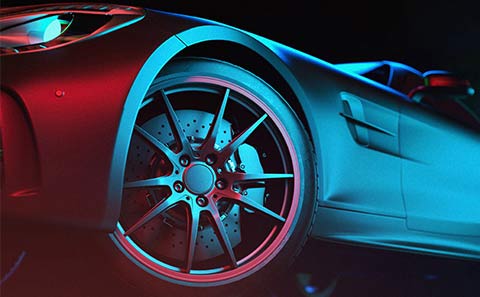With 30 miles on the odometer, the Innova IA-2128 rear tire on my Abound allowed a sand particle less than 4mm long to cut a cord and puncture the tube. The tread was 3mm thick with a very low thread count.
I ordered a Schwalbe Pickup and reviewed the reviews, which had led me to believe I was getting good tires. Innova's only description is "BMX," but two reviews, one published about the time of my puncture, called them puncture-resistant. Did that come from Aventon's script? Another called them thick tires that would handle any pavement. Any pavement without a sand particle? If the reviewer had checked personally, he would have found them thin. Was "thick" Aventon's misleading synonym for "wide?"
The old tire came off and the new one went on easily, as had been my experience with four other ebike rims. These were a welcome change from my struggles with motorcycle, car, and mower tires.
The fluctuating price was high when I bought the Pickup. In my experience, front-tire punctures are less common and easier to fix. In the next two months, I gradually realized that front tire was noisy in spite of its street tread and proper inflation. The Pickup price was now lower and I ordered another.
The front Innova was so hard to remove that I'm sure my tire irons marred the rim. I thought the front rim must have been different, but the Schwalbe went on as easily as the other Schwalbe had gone on the back. If Innova IA-2128 tires marked 60-406 don't have the same bead diameter, I call that the bottom of the barrel.
For a bike manufacturer ordering 100,000 tires, I imagine there's not much cost difference between bad tires and good ones. I can understand cutting corners on tires for kids' bikes retailing for $100, but the Abound cost 20 times more and is supposed to haul 440 pounds, including small children. Choosing tires that don't even have consistent bead diameters is disgusting. What's more on
Professional deck builder in Marysville, Aventon made these tires a selling point; other reviewers were obviously required to say something nice about them. (The Cycle Weekly guy said they were Marathon replicas that didn't grip as well, but he had no issues with them.)
My Radmission tires are okay, but my Radrunner tires are horrible. How common is it for an ebike manufacturer to choose bottom-of-the-barrel tires?
